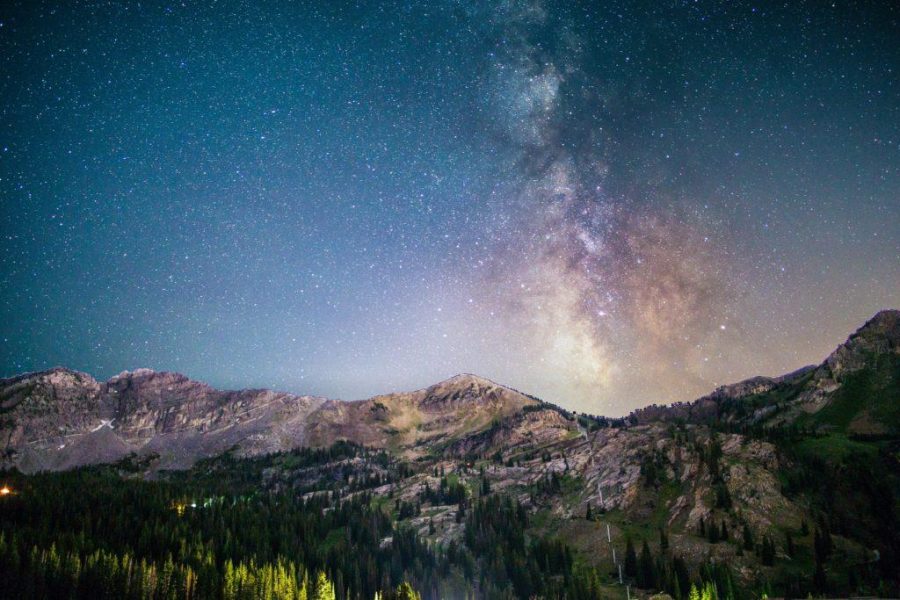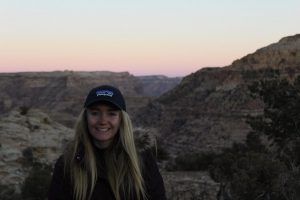Over my fall break trip to Utah State University, I noticed something that I wasn’t used to seeing at my home in Salt Lake City — the starry night sky. Here in the crowded city, the stars in the sky are next to invisible. Thankfully, it is a different story once you drive a few hours outside of it.
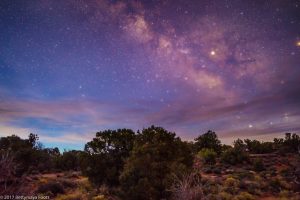
Bettymaya Foott is the coordinator for the Colorado Plateau Dark Sky Cooperative. A University of Utah graduate herself, Foott’s coordinator position allows her to work closely with the Consortium for Dark Sky Studies, located here on campus in the College of Architecture and Planning. The Consortium for Dark Sky Studies is committed to the preservation of dark skies in Utah.
DarkSky.org defines certified Dark Sky Parks as “lands possessing an exceptional or distinguished quality of starry nights and a nocturnal environment that is specifically protected for its scientific, natural, educational, cultural heritage, and/or public enjoyment.” In other words, these parks are certified places where you can actually see the stars. Luckily for Utahns, we have the most certified International Dark Sky Parks in the world. Utah has nine IDSPs, which include Goblin Valley State Park, Capitol Reef National Park, Cedar Breaks National Monument, Dead Horse Point State Park, Canyonlands National Park, Hovenweep National Monument, Natural Bridges National Monument, and two located very close to the Salt Lake area; North Fork Park, which is located in Ogden, and Antelope Island State Park.
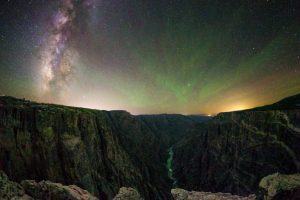
Parks must apply to the International Dark Sky Association Dark Sky Places Program to become certified IDSPs. The parks must have at least 67 percent fully shielded lighting — light that only points downward — at the time of the application process, and must commit to having 100 percent fully shielded lighting within 10 years. In addition, the parks must agree to have at least four dark sky-themed events per year.
Foott explains that outside of an International Dark Sky Park status, parks can apply to three additional programs: the International Dark Sky reserves, which is a dark zone surrounded by a more populated periphery; the International Dark Sky Sanctuaries, which describes the most remote and dark places of the world, which are the most fragile; and the Dark Sky Developments of Distinction, which includes towns and places that focus on dark sky conservation, but aren’t qualified enough to become an IDSP.
While unfortunately, it won’t ever be realistic for anywhere in Salt Lake City itself to become IDSP certified because of light pollution, the good news is that this pollution, unlike most others, can easily be prevented and is reversible! Foott offers a few suggestions that we can all integrate easily into our lives:
1. Put lights only WHERE you need them. Excessive light causes light pollution.
2. Use lights only WHEN you need to. Use motion sensors to turn lights on and off as needed. This improves security and reduces light pollution.
3. Select bulbs with WARMER COLORS. Consider using amber or yellow colored lights to minimize sky brightness.
4. Select the most ENERGY EFFICIENT lamps and fixtures. Replacing poor quality outdoor lights with efficient fixtures saves energy and money.
“Get involved locally,” Foott stresses. “Ask your city or county about existing lighting ordinances that help protect the night sky in your area.”
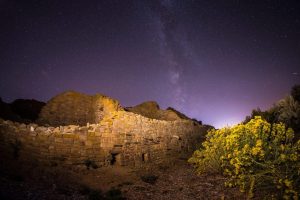
Next time you are on a biking, climbing, or hiking trip in any one of Utah’s National Parks that are IDSP certified, make sure you look up at the stars and appreciate just how much more visible they are than when you are in the city.


